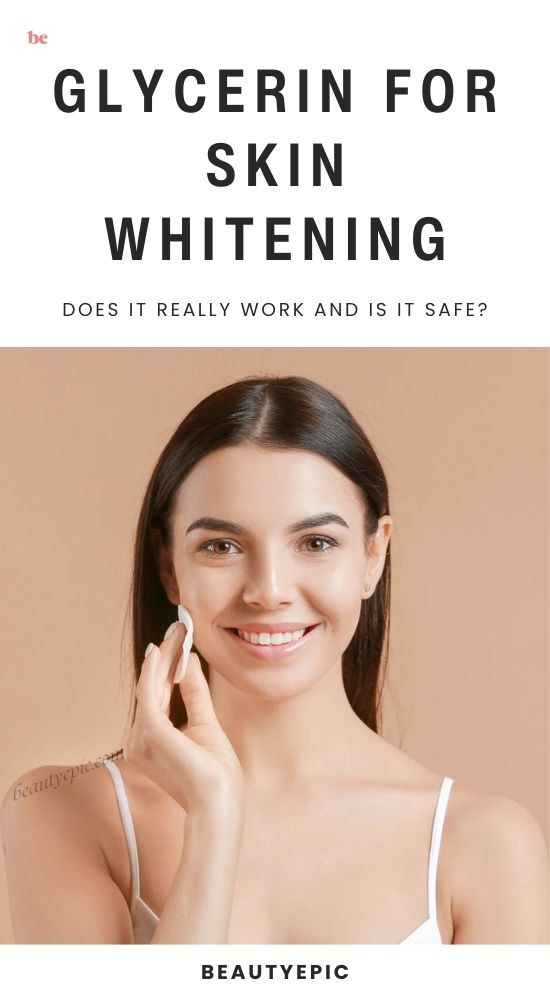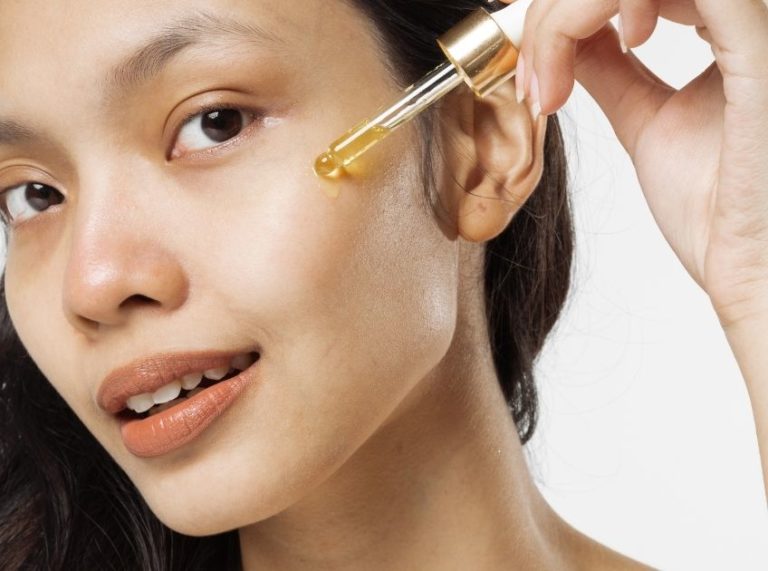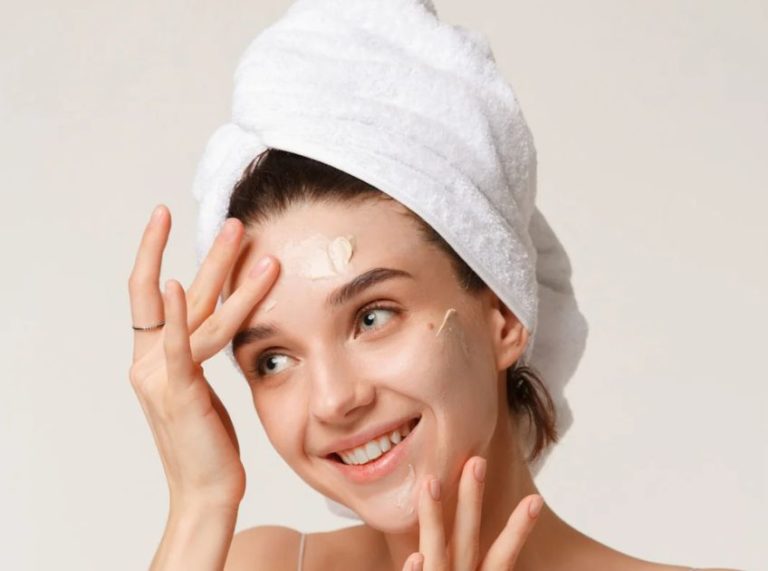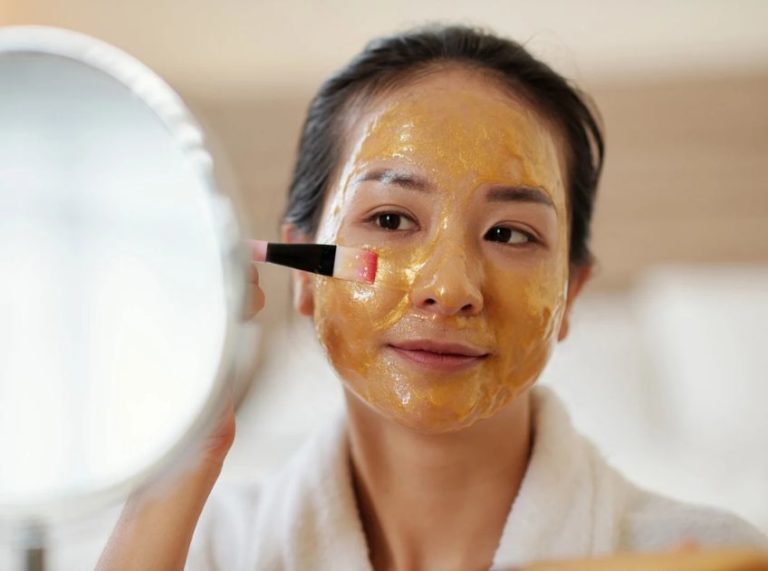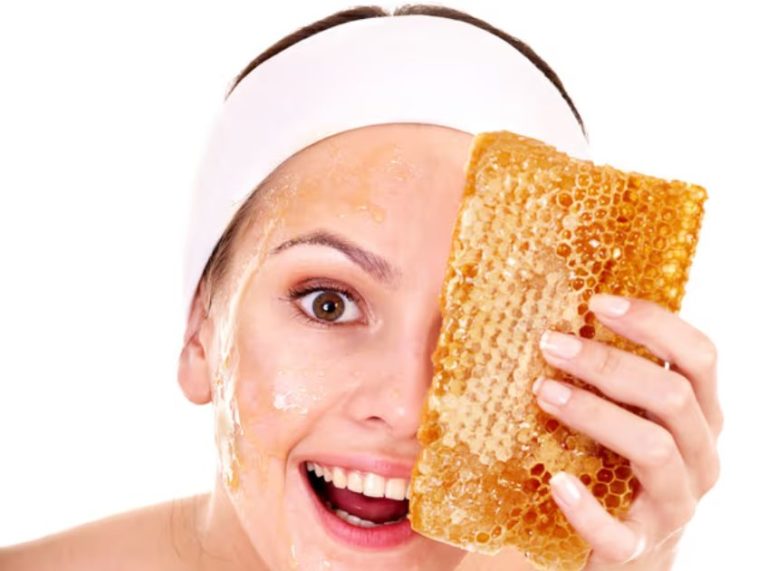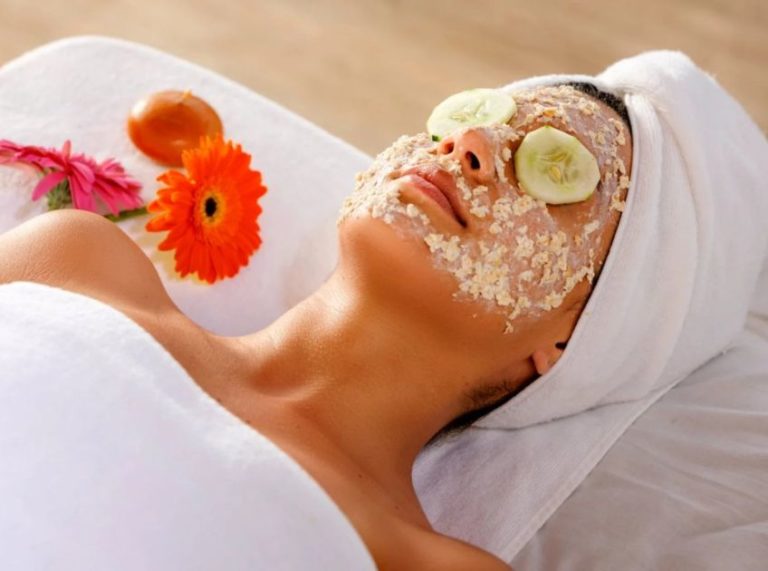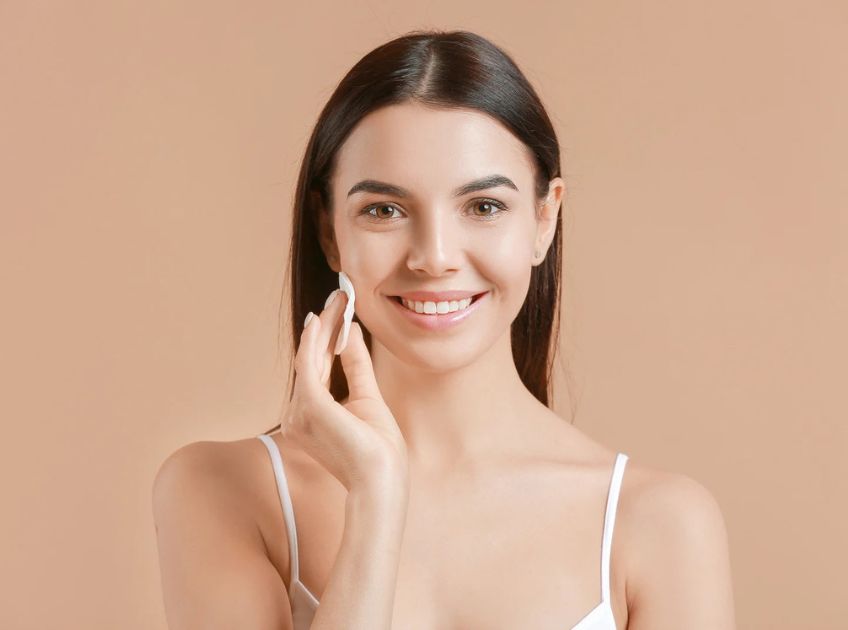
Important: This article is for informational purposes only. Please read our full disclaimer for more details.
Skincare enthusiasts are constantly seeking ingredients that brighten, hydrate, and improve skin tone naturally. Among them, glycerin has stood the test of time. Found in countless lotions, serums, and cleansers, glycerin is best known for its powerful moisturizing properties. But in recent years, it has also gained attention for its potential role in skin whitening or brightening. Can this humble, colorless liquid really help lighten your skin tone—or is it simply another hydration hero misunderstood? Let’s explore what science says.
Glycerin Explained: More Than Just a Moisturizer
Glycerin, also called glycerol, is a naturally occurring compound derived from plant oils or animal fats. It is a humectant, meaning it draws water from the environment into the outer layer of the skin, keeping it plump and hydrated. Because of this property, glycerin is widely used in skincare products ranging from soaps to serums.
According to the International Journal of Cosmetic Science, glycerin not only hydrates but also helps restore the skin’s protective barrier, preventing dryness and irritation (1). But does this moisturizing ability translate into skin whitening or brightening?
Brightening Benefits of Glycerin: What the Research Says
While glycerin itself does not chemically “whiten” skin by altering melanin production, it can contribute to a brighter, more even complexion in indirect but significant ways:
- Improves hydration – Well-moisturized skin looks healthier, smoother, and more radiant. Dryness can exaggerate dullness and uneven tone.
- Supports barrier repair – A healthy barrier protects against pollutants and UV damage, both of which can lead to dark spots and hyperpigmentation.
- Boosts absorption of active ingredients – When combined with other brightening agents (like vitamin C, niacinamide, or licorice extract), glycerin enhances penetration, making these actives more effective.
In fact, a review published in Clinical, Cosmetic and Investigational Dermatology (2016) confirmed glycerin’s role as a skin barrier enhancer and hydration booster—two factors that improve skin clarity and luminosity (2)(3).
Gentle Exfoliation: Can Glycerin Help Remove Dullness?
Although glycerin is not an exfoliant on its own, it can contribute to the process indirectly. When used in soap formulations or combined with mild exfoliating agents (like lactic acid or natural scrubs), glycerin helps soften dead skin cells, making them easier to shed.
Regular exfoliation reveals fresher, newer skin underneath, which often appears brighter. By preventing dryness and irritation during exfoliation, glycerin ensures that skin renewal happens smoothly, without damage.
How to Use Glycerin for Skin Brightening
If you want to explore glycerin for its potential skin-brightening effects, here are safe and effective ways to include it in your routine:
- Diluted Application
- Mix glycerin with rose water or plain water in a 1:2 ratio.
- Apply as a hydrating toner or mist for soft, radiant skin.
- Glycerin Face Mask
- Combine 1 teaspoon glycerin with 1 teaspoon honey and a few drops of lemon juice.
- Leave on the skin for 10–15 minutes before rinsing.
- Honey nourishes, lemon provides mild brightening, and glycerin locks in moisture.
- Paired With Brightening Actives
- Look for serums that combine glycerin with vitamin C, niacinamide, or plant extracts.
- Glycerin enhances the delivery of these ingredients deeper into the skin.
- In Everyday Moisturizers
- Many creams and lotions already contain glycerin in safe concentrations.
- Daily use maintains hydration and improves skin texture over time.
Tip: Always dilute glycerin before applying it directly to the skin, as its thick consistency may cause stickiness or irritation in concentrated form.
Is Glycerin Safe for Skin Whitening? What Experts Say
Dermatologists generally consider glycerin safe and non-toxic for topical use. It is non-comedogenic (won’t clog pores) and suitable for most skin types, including sensitive and acne-prone skin.
Potential risks
- Applying undiluted glycerin may cause stickiness, redness, or irritation.
- People with extremely oily skin may find it too heavy if used in large amounts.
The American Academy of Dermatology highlights glycerin as a reliable skincare ingredient with decades of safe use. However, it should not be mistaken for a bleaching agent (4). Unlike hydroquinone or kojic acid, glycerin does not inhibit melanin production. Its role is to hydrate and improve skin texture, which indirectly makes the skin appear brighter.
Final Thoughts
Glycerin may not be a magic bullet for skin whitening, but it certainly plays a crucial role in achieving a radiant, even-toned complexion. Its power lies in deep hydration, barrier repair, and support for other active ingredients, not in melanin reduction.
If you’re looking for safe, natural ways to brighten your skin, incorporating glycerin alongside proven brightening agents can give you healthier and more luminous results over time. Unlike quick-fix bleaching creams, glycerin focuses on skin health first—an approach dermatologists consistently recommend for long-term beauty.
